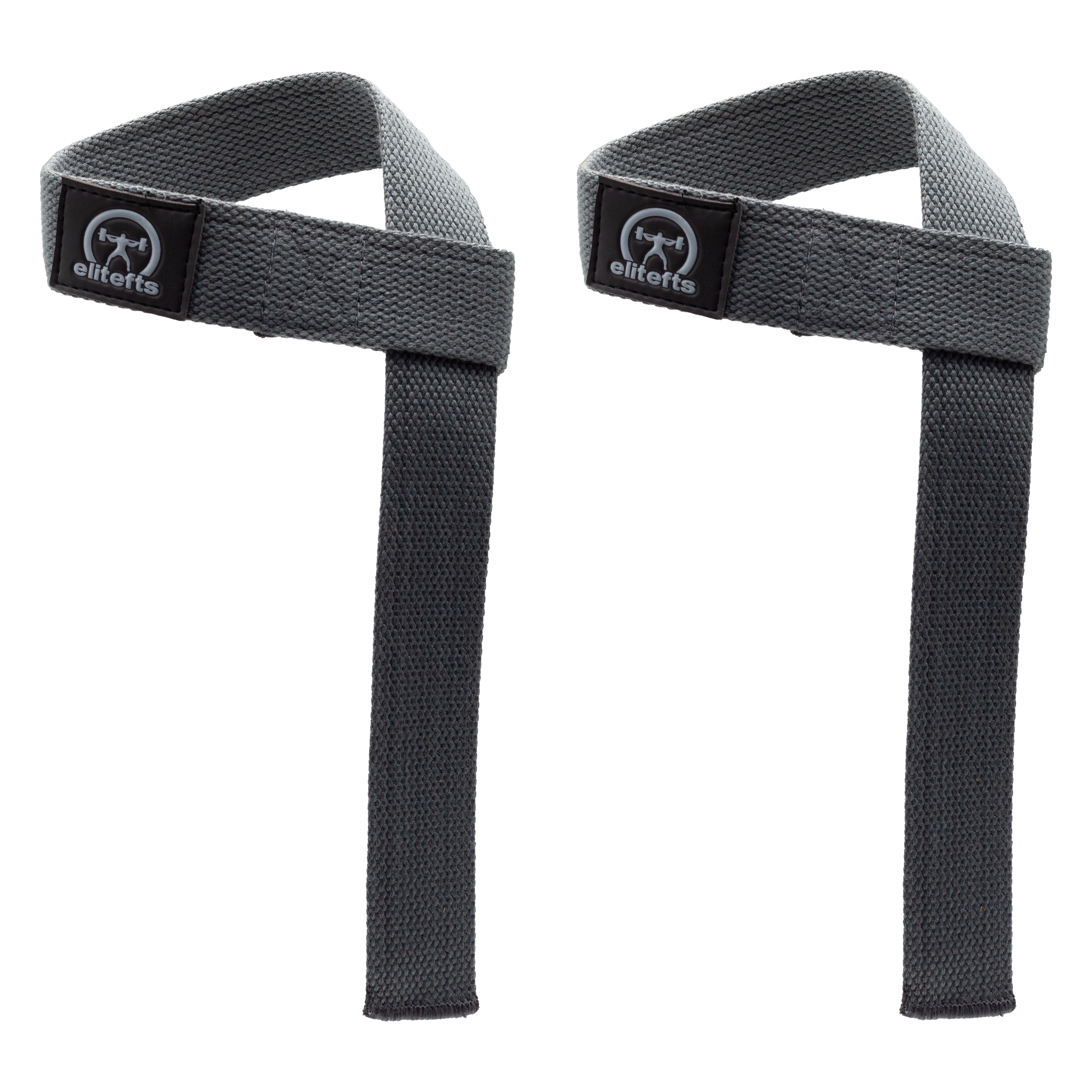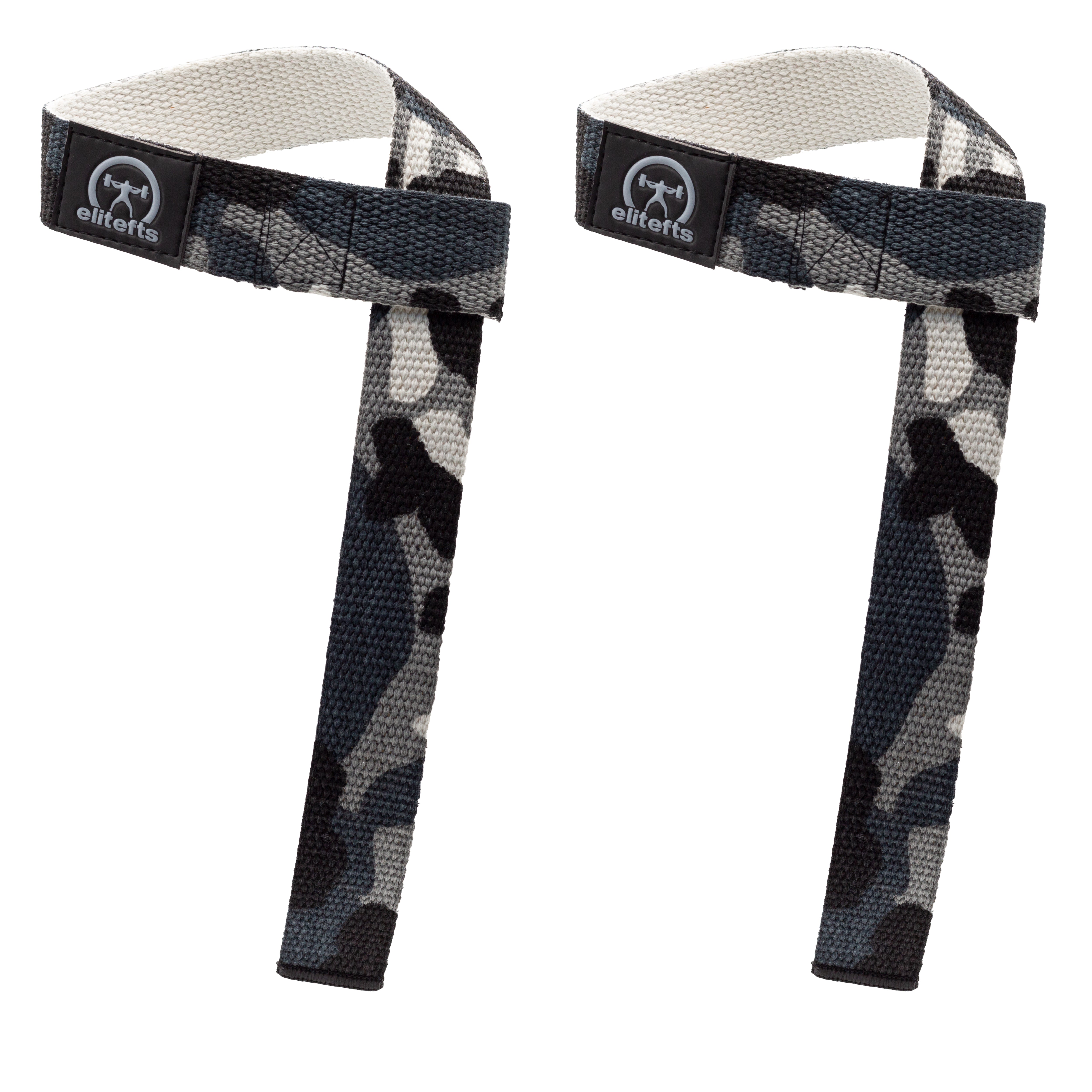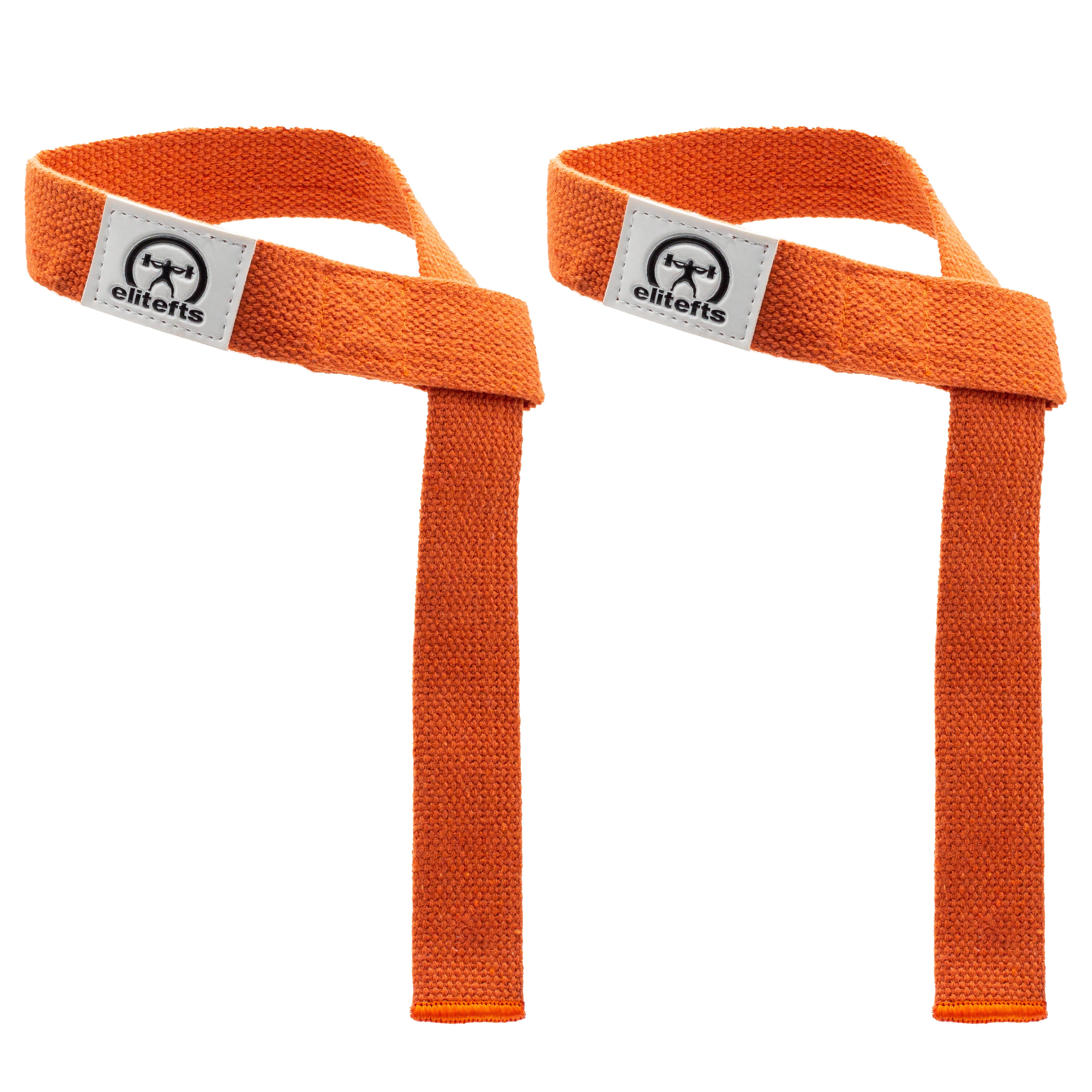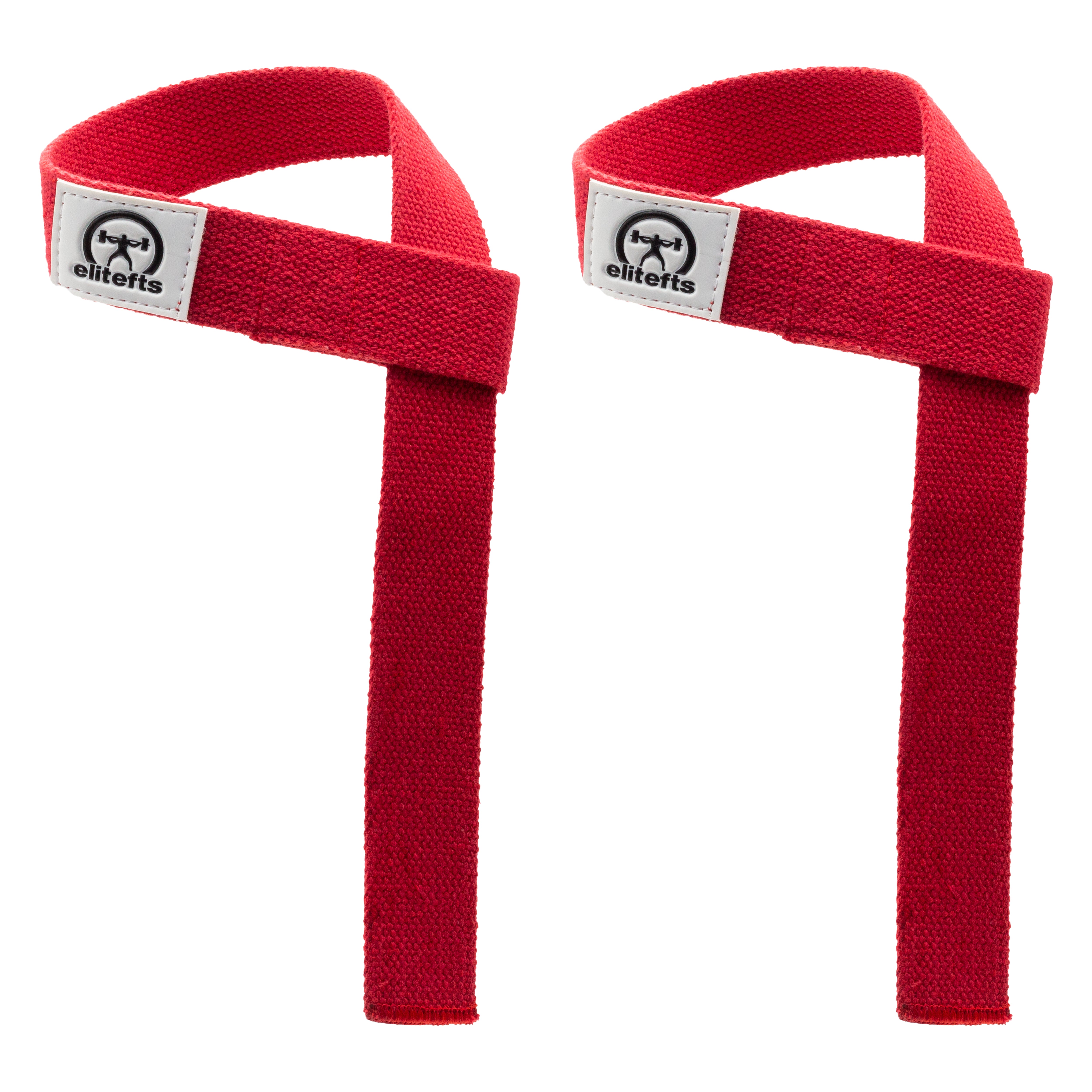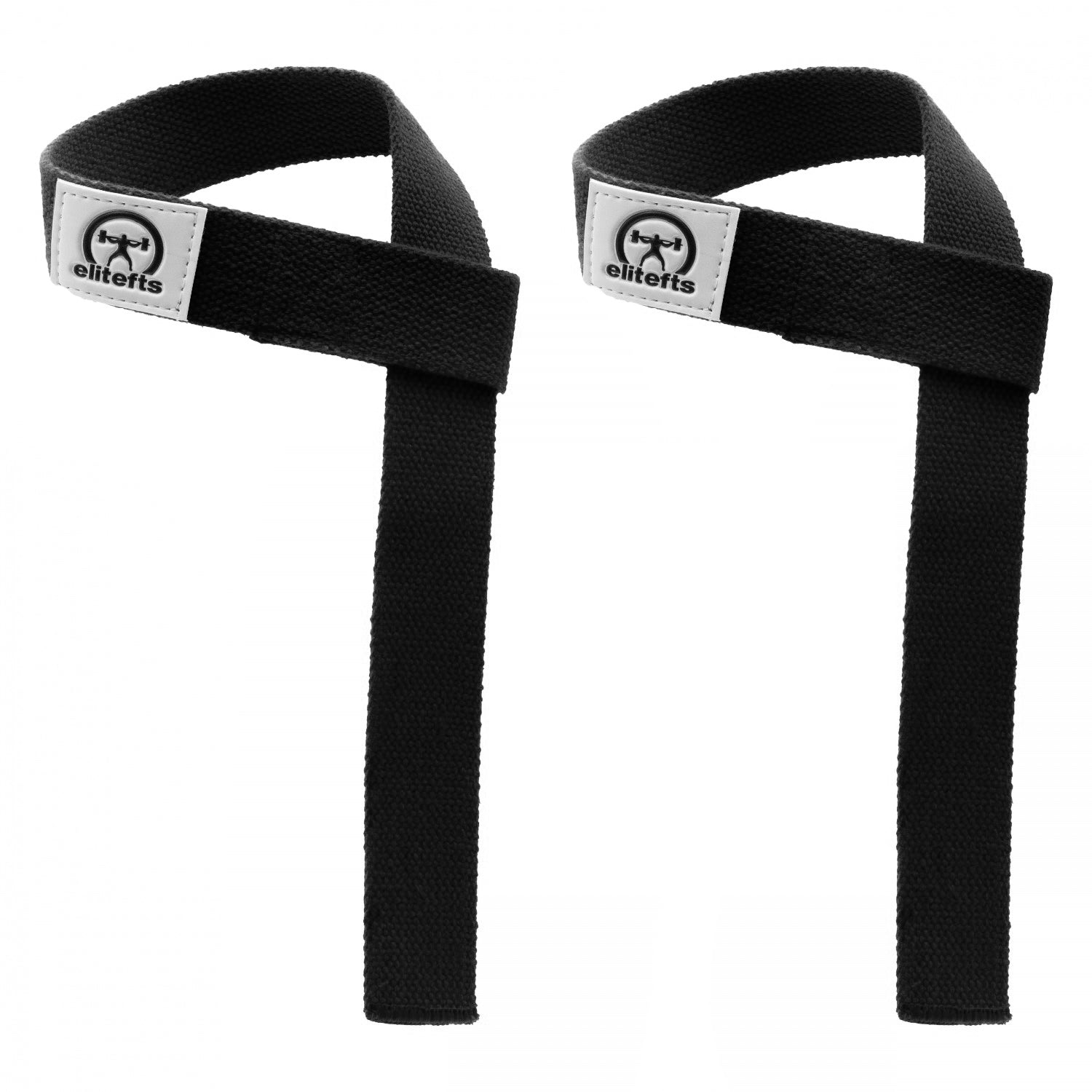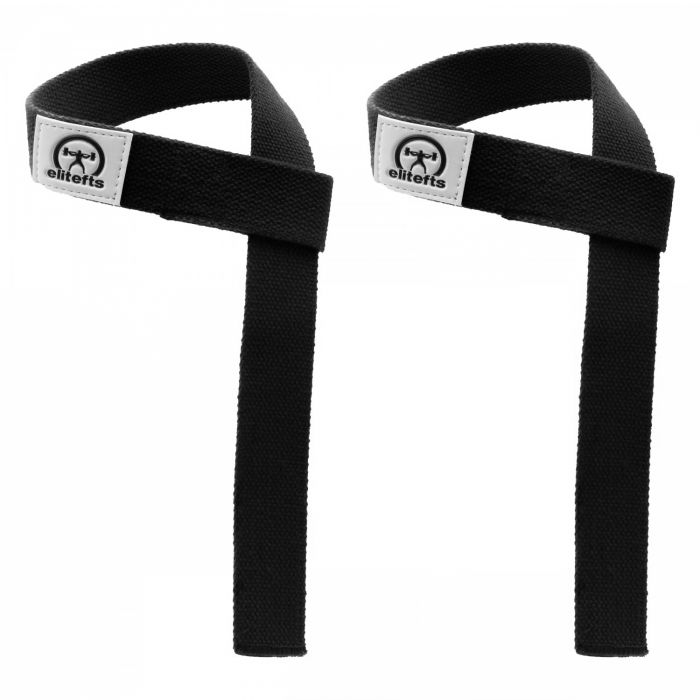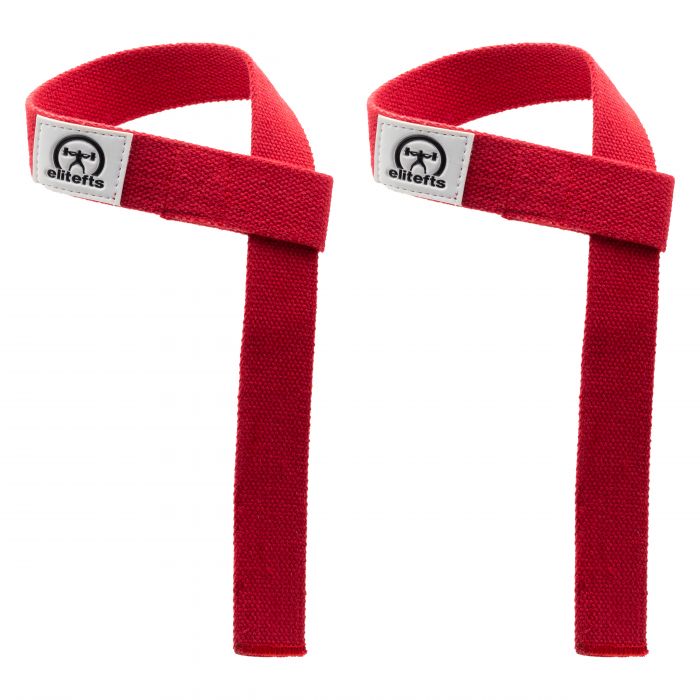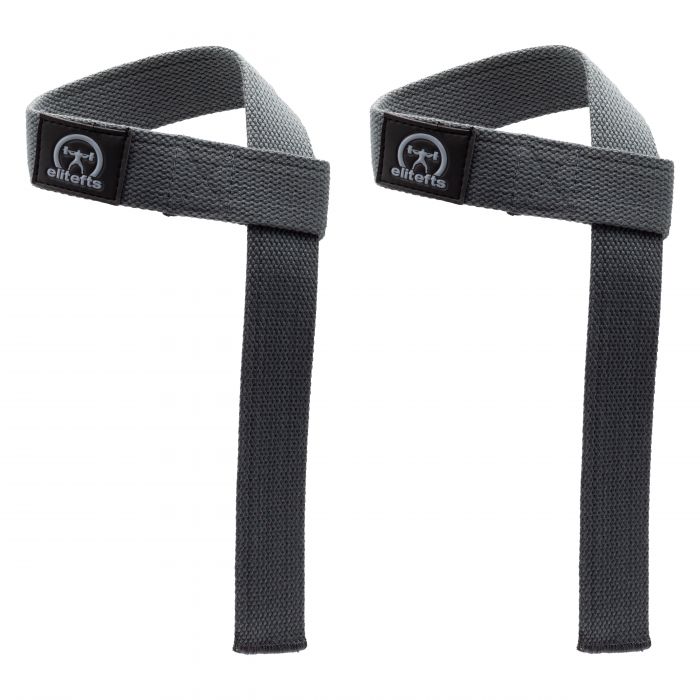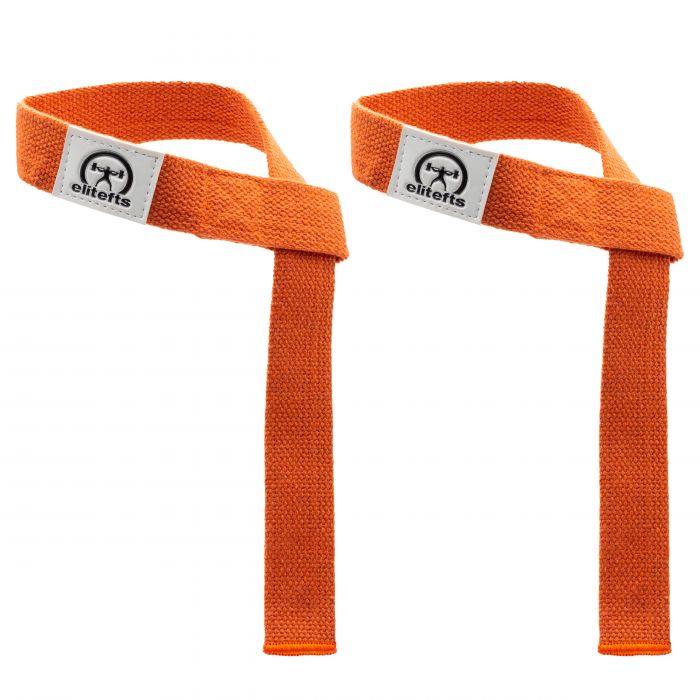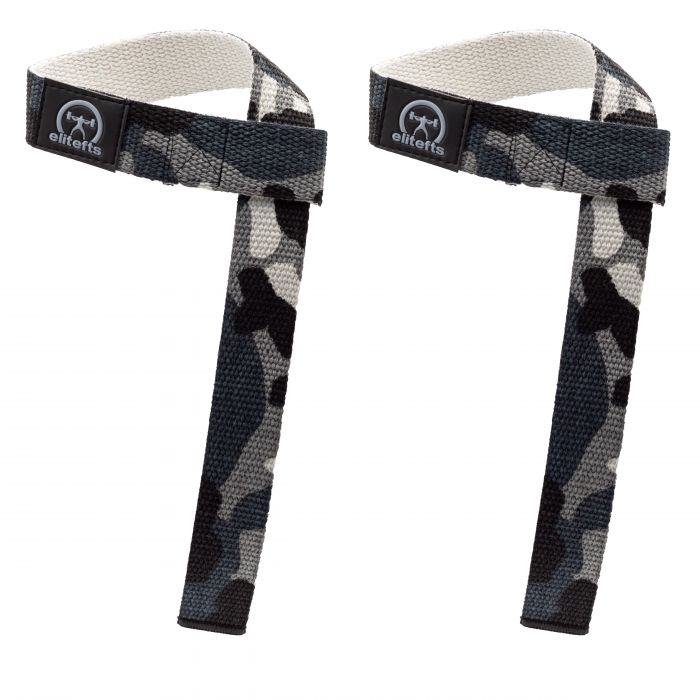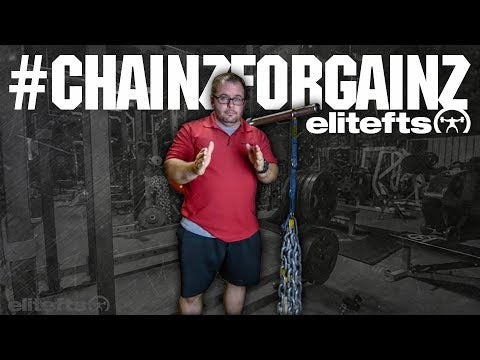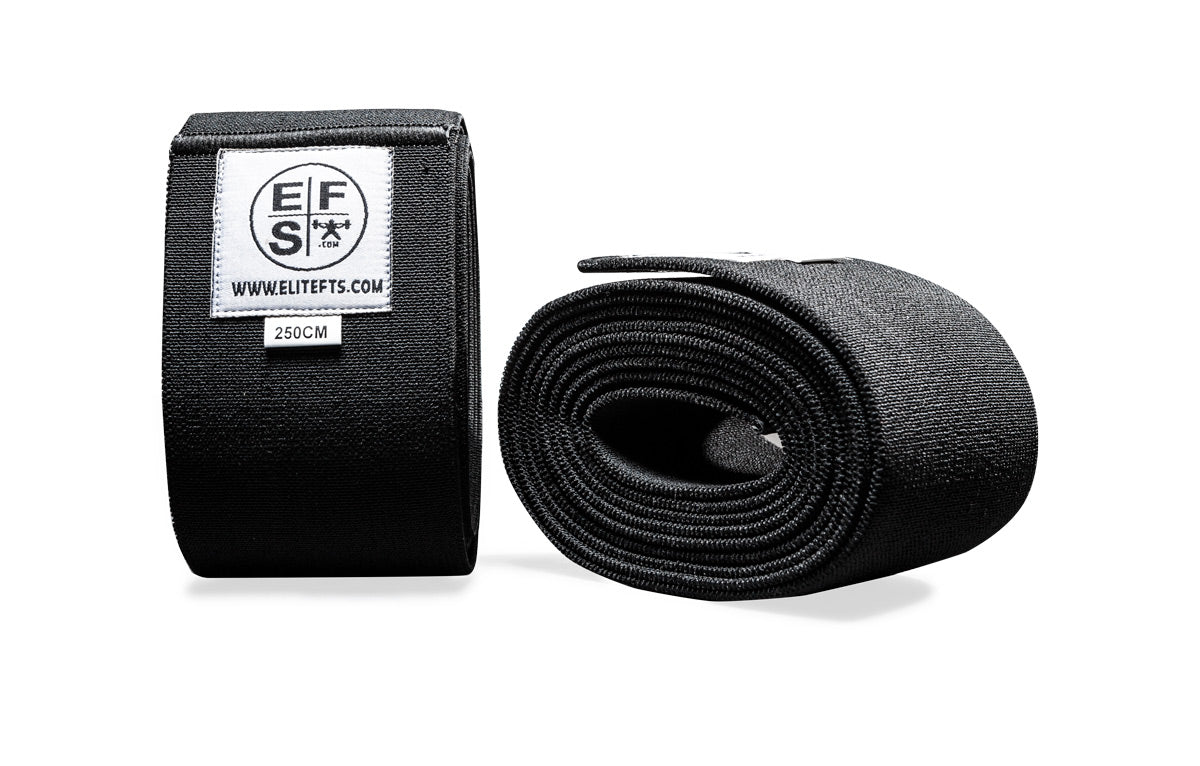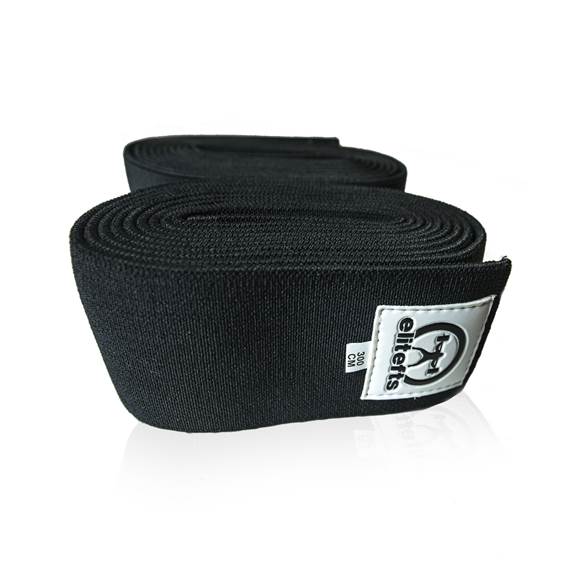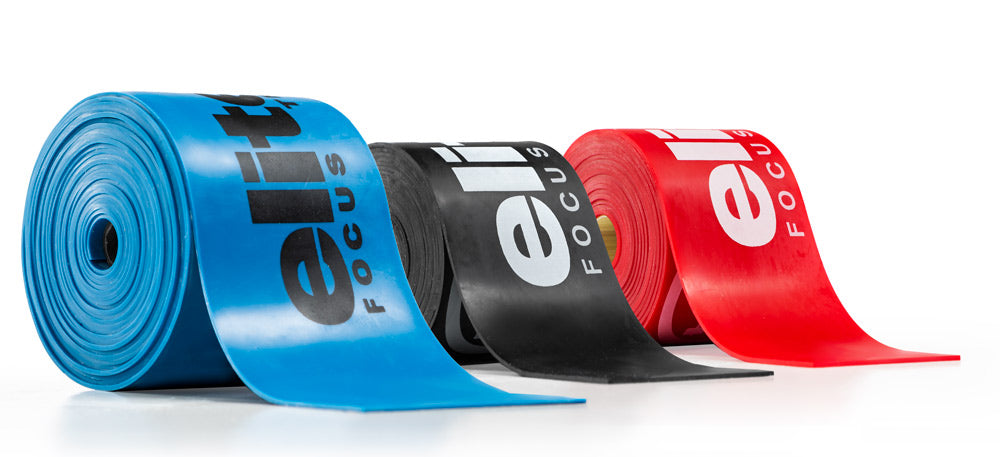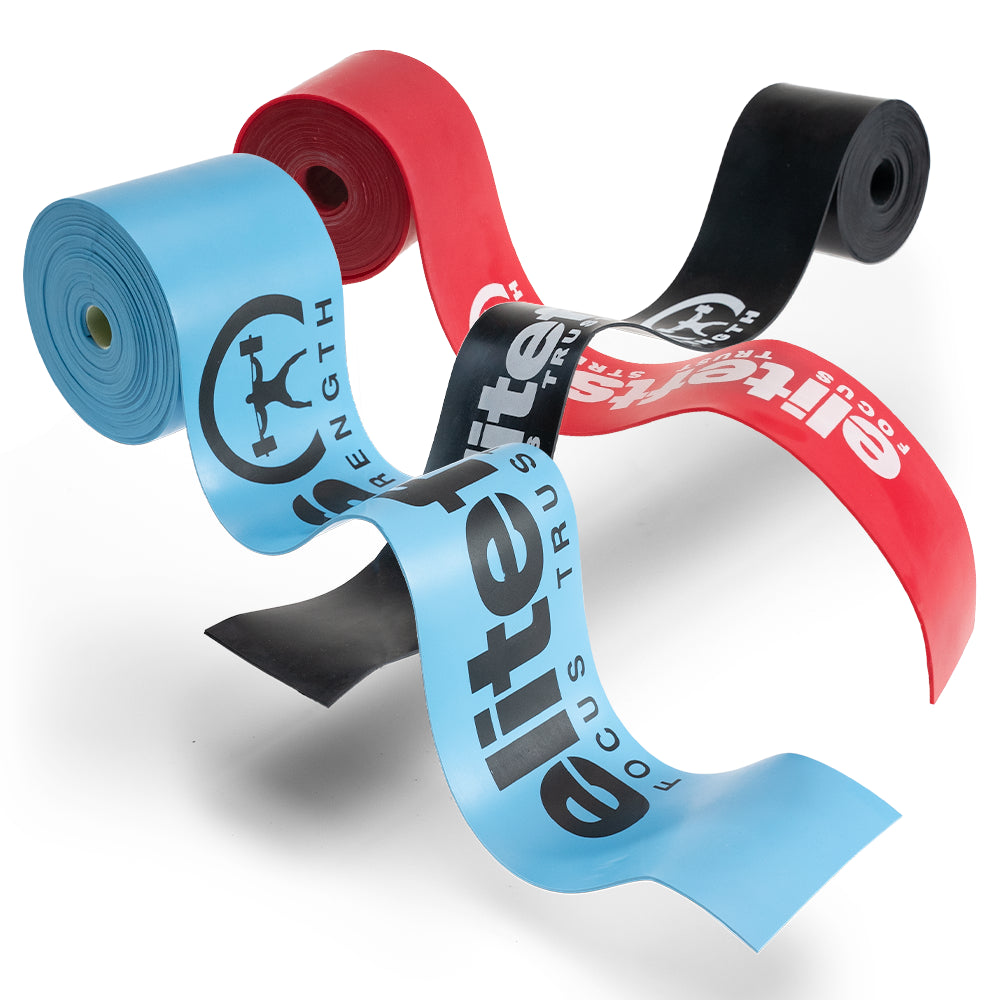If you wanted to train like Dave Tate’s athletes, now you can! Or at least you can warm up the way they do.
The warm-up circuit is the same for every training day. It doesn’t matter if it’s upper or lower body day or dynamic effort or max effort day. It’s always the same.
The exercises Dave selects all have specific functions that will be beneficial to his athletes, regardless of what training day it is. He’s chosen these exercises based on his personal experience; they’ve worked for him better than anything else did. These exercises will also get his athletes loosened up.
“There’s a difference between warmed up and loosened up. If somebody is too tight — and tight is a relative term, so a lot of these terms are relative; they have very little meaning without actual context, but for most powerlifters that I’ve seen, their hips are always too tight when they come in. I like to have exercises in there that are going to open their hips up.”He also finds that powerlifters (or at least the ones coming into the S5 Compound) are weak in their abdominal region. They like to skip their ab work and little things, so Dave fills in those gaps in his warm-up circuit.
All of the exercises are done light with moderate weight, so way under 50 percent weight. Nothing should be close to failure or five to six reps shy of failure. They can do as many sets, reps, and circuits as they want; the important thing is that they’re ready to go and do their main movement for the day.
For Dave’s athletes, the circuit typically takes five to six minutes, but it’ll be slower in this video since he’s breaking it down.
“I want them to be in a good enough condition that if I wanted to, I could come in when they walk through the door, and say, ‘Hey, you know what, guys? No warm-up today. Just start with the squat.’ And then they could do the multiple sets with just the bar, work up and have the same type of training session that they would have if they went through and did the warm-up routine three or four times.”Athletes should be able to use warm-ups when they need it, but they should still be able to do the main movements if they’re unable to warm up.
(Knee) Hanging Leg Raise
This exercise will warm up the hip flexors and decompress the spine. It’ll also warm up the abs. It’s not being done to failures by any means; it’s just to warm up the hips and abs.Pulldown Abs
Pulldown abs will open up the hips and will obviously work the abs. It also helps getting athletes started to root their feet. The key to this exercise is to do it in the proper position (straight-bodied) and keep your feet grounded to the floor; if you don’t do that, you’ll fall backward.Face Pull
“You can never do too many face pulls. You can never work your lats too much.”Even though it’s a lower body day, the athletes still do this movement as part of the warm-up circuit. It can help them work on common weak points and areas prone to potential injuries.
Low Row
It’ll add volume to the lats. There’s nothing special about this warm-up exercise. It’s a must on lower body days. And remember, none of these things are being done heavy. It’s a warm-up.Pulldowns
The bar doesn’t matter. Most of the lifters will use whatever bar was last left on thelat pulldown machine. Here, Dave wants distraction of the shoulders and some stretch on the lats.
Also, don’t think all of these warm-up exercises are about contraction; they’re more about lengthening and stretching muscles and opening joints up.
Inverse Leg Curl or Glute Ham Raise
Dave lets his athletes pick one or the other. Both of these exercises will stretch the hamstrings out; it’s not about working them, but stretching them.If Dave had to pick between the two, he’d choose the
Glute Ham Raise because it’s harder, but given the athletes’ preference, they tend to choose the inverse leg curl because it’s a warm-up.
Bent Knee Leg Raise
The bent knee leg raise is great for warming up the glutes and the lower back.Depending on how the athletes feel, they may end up doing three to four more rotations of the circuit. Dave leaves the sets and reps to the athletes, and once they’re finished, they’ll start their first exercise of the day.




















































